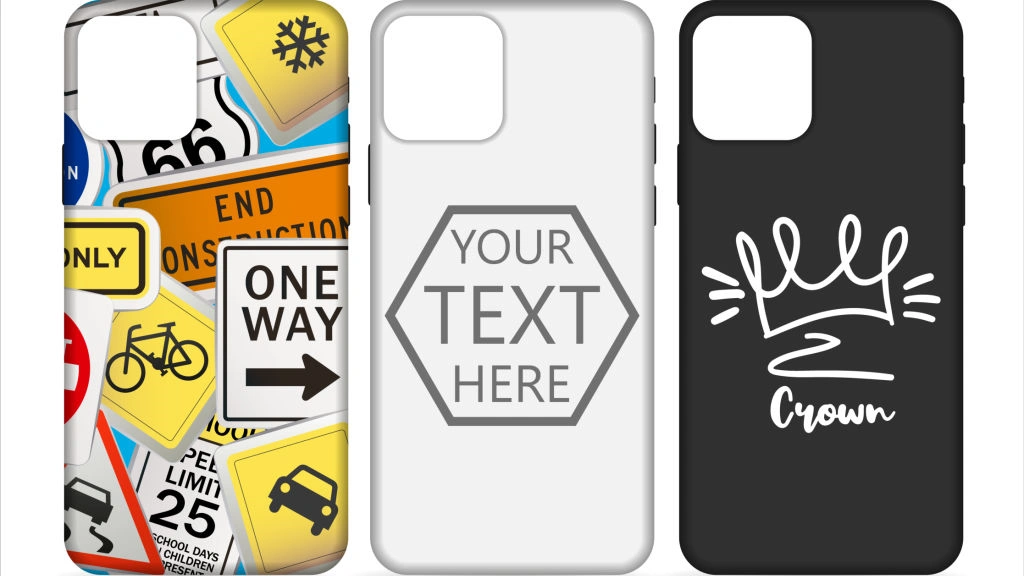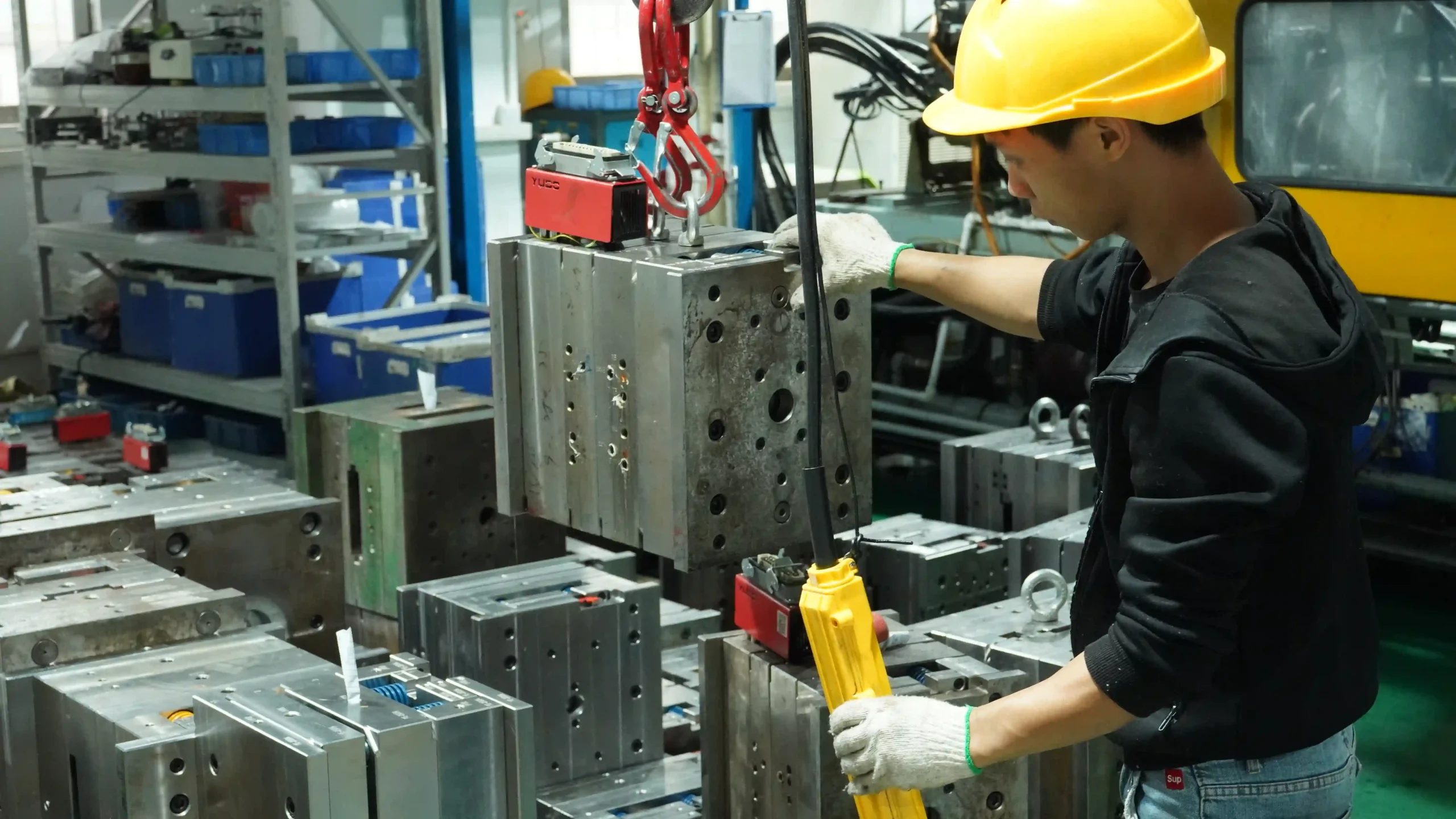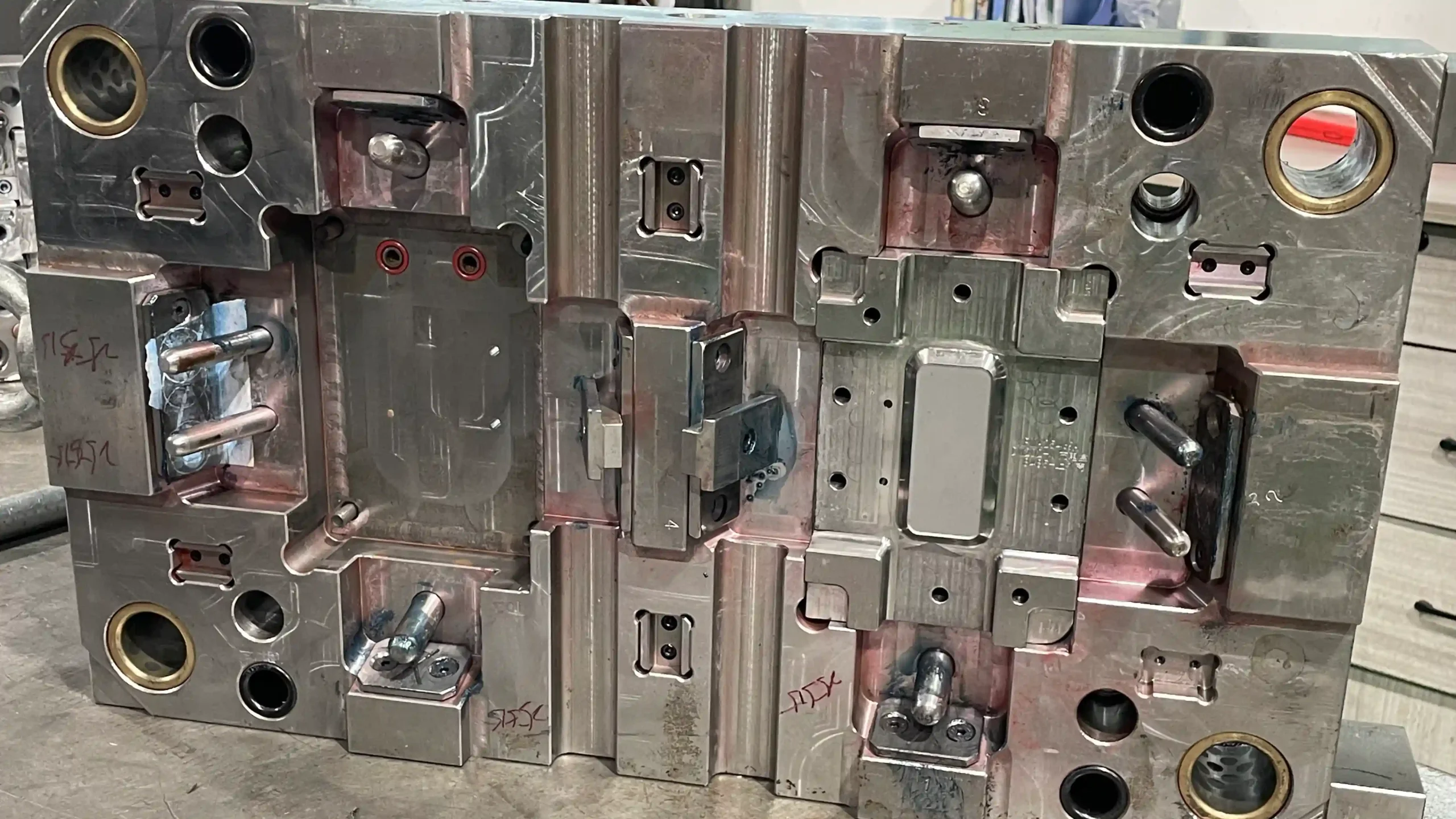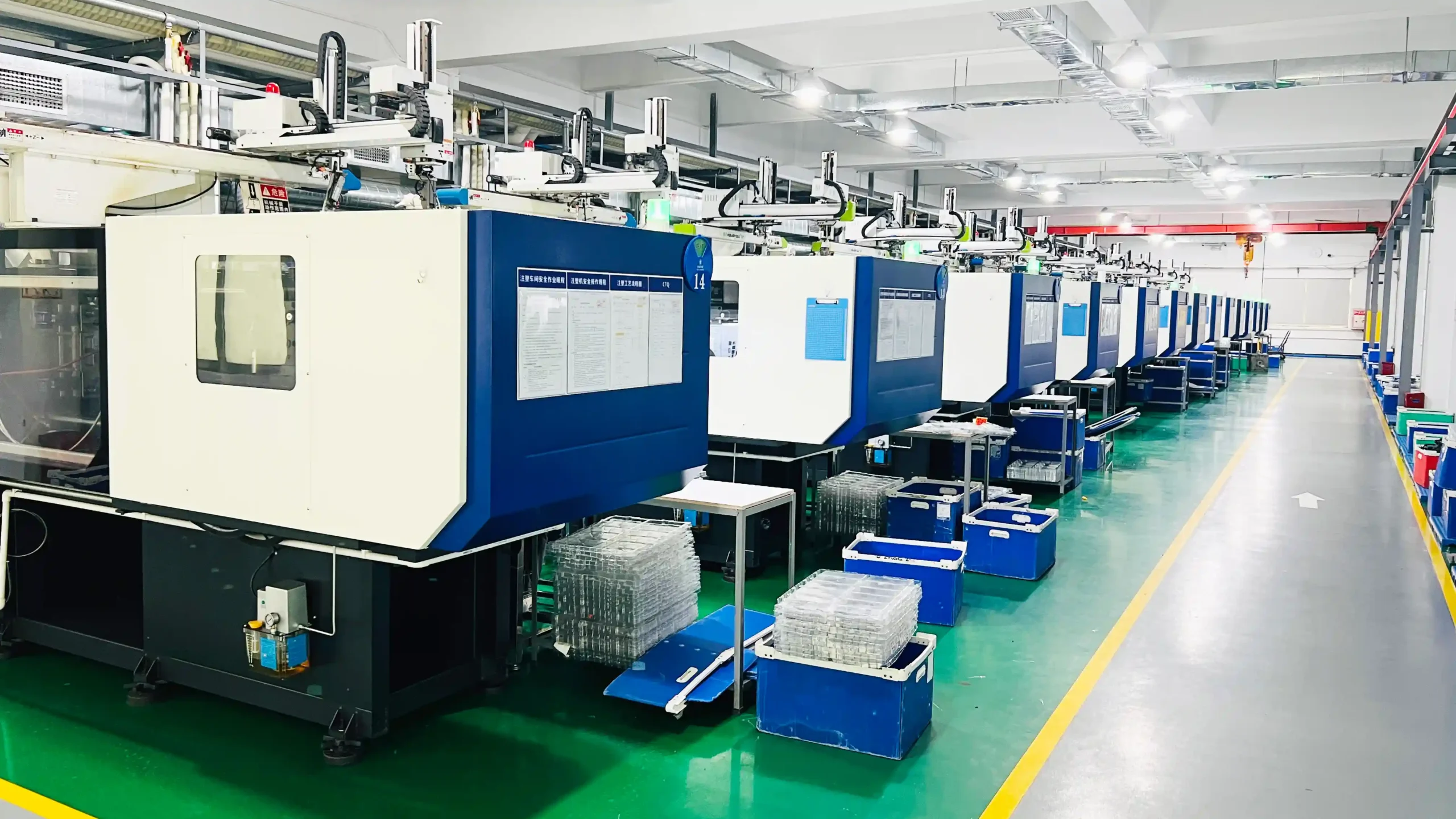Introduction
Table of Contents
ToggleAs a phone case manufacturer serving US and European brands, YG understands how technical nuances between IMD, IML, and IMTS processes impact your product quality and profitability. This guide cuts through marketing jargon to deliver actionable insights for bulk buyers.
1. Core Differences: Technical Breakdown
IMD (In-Mold Decoration) uses 0.1 mm-thick films molded into polycarbonate shells, ideal for high-definition graphics and scratch resistance. Its 8-step process includes film printing, thermoforming, and injection molding, achieving 98.5% color consistency across batches.
IML (In-Mold Labeling) embeds 0.15mm printed films between plastic layers, offering superior edge durability for drop protection. With 35% faster cycle times than IMD, it supports small-batch orders (MOQ 500 units) and custom textures like 3D浮雕 (relief patterns).
IMTS (In-Mold Transfer System) combines plating and molding, adding metallic finishes but requiring 18-22% higher per-unit costs for electroplating. While popular for luxury cases, its 0.3mm thickness limits compatibility with ultra-thin phone models.
2. Decision Matrix: 5 Critical Factors
① Surface Performance
- Scratch resistance: IMD withstands 5,000+ Taber cycles (ASTM D1044) vs IML’s 3,500 cycles.
- Anti-fingerprint: IML’s matte finishes reduce smudges by 60% compared to glossy IMTS.
② Structural Integrity
IML phone cases retain 95% structural integrity after 2m drops (MIL-STD-810G testing), while IMD excels in waterproof seals (IP68 rating). IMTS’s plating layers may crack under repeated impacts.
③ Cost Efficiency
- Mold investment: IMD molds cost 40% more than IML due to precision alignment systems.
- Mass production: IMTS adds 0.85−0.85−1.20/unit for plating, making IML more viable for budget-conscious brands.

④ Design Flexibility
IMD supports 360° wrap-around designs for curved screens (up to 88° bends), while IML enables 0.05mm precision logo embossing. IMTS is restricted to flat or gently curved surfaces.
⑤ Sustainability Compliance
YG’s bio-based IML films pass REACH/ROHS tests with 30% lower carbon footprints. IMD’s solvent-free printing aligns with the EU’s Eco-Design Directive, whereas IMTS faces challenges with heavy metal residues.
3. Application Scenarios
| Use Case | Recommended Process | Key Advantage |
|---|---|---|
| Premium flagship cases | IMD | 4K-resolution branding & IP68 seals |
| Fashion accessories | IML | Pantone-matched colors & 500-unit MOQ |
| Luxury editions | IMTS | Mirror finishes & anti-tarnish coatings |
For foldable phones, IMD handles R1.5mm curvature without film delamination. IML is preferred for military-grade protective cases due to shock-absorbing layers.
4. Supplier Evaluation Checklist
Verify your IML/IMD phone case manufacturer with these criteria:
- 50+ material certifications (e.g., UL EcoLogo, FDA-compliant resins)
- Mold lifespan guarantees: YG’s IML molds maintain ±0.03mm precision for 500,000+ cycles
- Rapid prototyping: 7-day sample turnaround with real-time DFM feedback
- Automated QC: AOI systems detect 99.7% of defects in IMD/IML alignment
5. Future Trends (2025-2030)
- Hybrid IMD-IML processes will enable 0.6 mm-thick cases with 3D textures and AR logos.
- Self-healing films may extend IML case lifespans by 200%.
- AI-driven dynamic mold cooling systems could reduce IMD energy use by 25%.
Why Partner with YG?
As a top-tier IML/IMD phone case manufacturer, YG combines 30+ years of expertise with 72-hour emergency order processing. Our end-to-end services cover:
- 3D modeling & mold design
- Material selection advisory
- In-house testing labs (ISO accredited)
Optimize your phone case production with YG’s proven solutions. Contact us today for a free DFM analysis.



